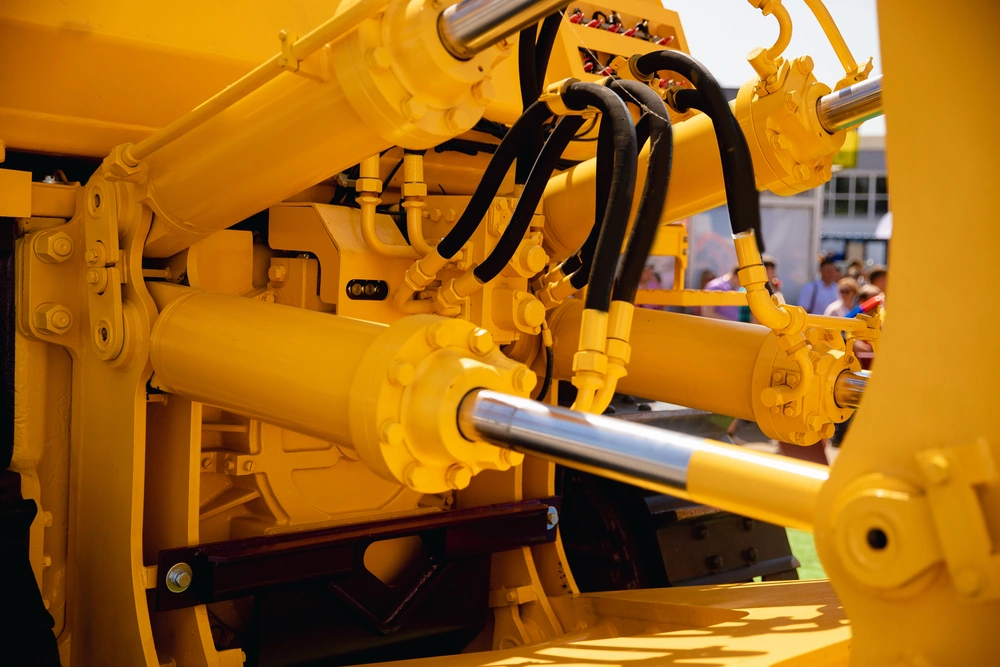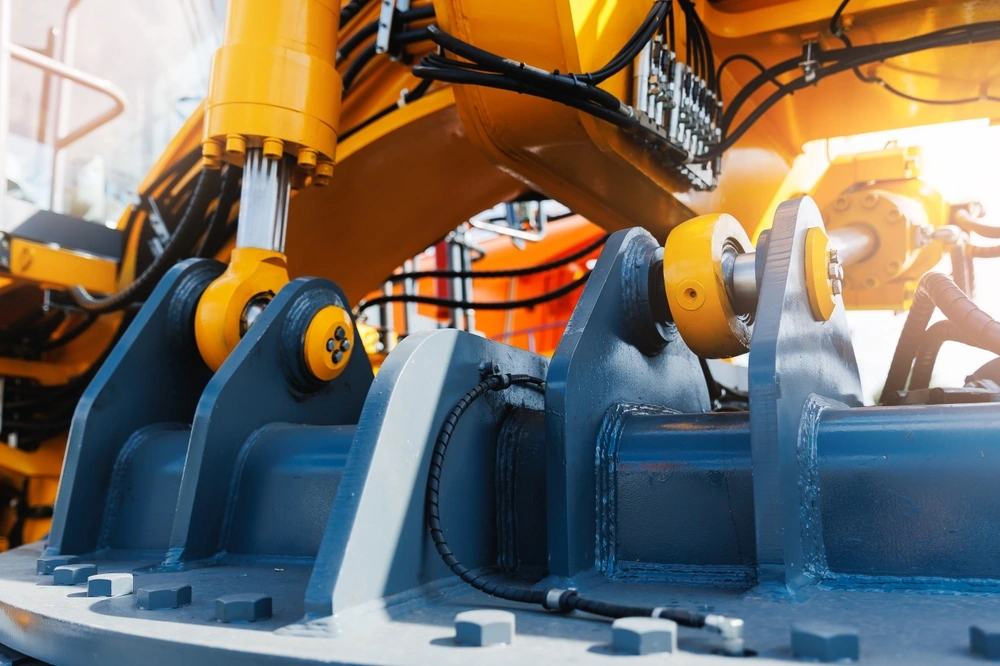Every hydraulic system has a lifecycle. It begins with a concept, evolves through design and fabrication, and continues through installation, servicing and eventual rebuild. In demanding industries, that lifecycle depends on precision, planning and the ability to keep equipment operating under pressure. At Taminda Hydraulics & Engineering, we understand that your machinery is an investment, and the way it is managed determines performance, safety and long-term value.
From routine maintenance to complete hydraulic system overhauls in Tamworth, our team works across the full lifespan of hydraulic machinery. By combining practical engineering with proven diagnostics and repair processes, we help businesses avoid costly downtime and extend the working life of critical equipment. In this article, we break down the stages of hydraulic system management—from smart design and commissioning through to servicing, upgrading and full system rebuilds—so you can plan confidently and keep your operations moving.

A reliable hydraulic system begins with strong design principles that focus on compatibility and performance. The design stage determines how well the equipment will handle future demands and pressures. When engineers align design with application needs, every component functions smoothly and efficiently. Good design lays the groundwork for a system that can be serviced, upgraded and overhauled effectively for years to come.
A system that fits its application perfectly is more efficient and durable over time. Design choices must consider the type of load and working environment to avoid inefficiency and wear. Matching these parameters ensures the system performs as intended under every condition.
Even experienced engineers can overlook key details during design, leading to long-term performance issues. These mistakes often cost more to fix later than they would to prevent initially. Recognising them early helps create systems that are robust and reliable.
The choice of materials determines how well the equipment resists wear and environmental conditions. Components that are durable and easy to source, as well as being compatible with fluid types, make maintenance simpler and extend service life. Quality at this stage prevents costly replacements in the future.
Once a system is built, proper installation and commissioning determine how effectively it performs from day one. Even the best design can fail if installation is rushed or incomplete. Every fitting and sensor must be tested for accuracy and alignment before the system is put under pressure. A thorough commissioning process ensures that performance standards are met and sets a solid foundation for years of operation.
Before any installation begins, the work area must be carefully prepared. Clear layouts with secure foundations and proper handling of heavy components ensure both safety and accuracy. Preparation minimises errors that can cause long-term reliability issues.
Initial testing ensures that all mechanical and control elements work together as designed. It is the point where engineers confirm system pressure or flow rate and response time against specifications. Proper testing also highlights areas that may need calibration before the system enters full service.
Once testing is complete, the operators who will run the equipment must understand how to use it properly. Training ensures that daily operations, as well as maintenance or shutdowns, are carried out safely and efficiently. A proper handover phase transfers not only control but also long-term confidence.
Regular servicing keeps hydraulic systems in peak condition and prevents minor issues from escalating. By following a schedule of filter replacements and performance checks, downtime is reduced and efficiency is maintained. Diagnostics play a major role in predicting wear before failure occurs. Preventive care remains far more affordable than emergency repairs or system replacements.
Modern maintenance practices rely heavily on data collection and real-time analysis. Sensors and diagnostic kits allow technicians to measure performance with precision. These tools reveal trends that help anticipate problems early.
Preventive servicing requires a budget, but the return on investment is significant compared to the cost of unexpected failures. By addressing issues early, components last longer and productivity remains consistent. The long-term savings extend beyond finances to improved safety and reliability.
No two systems work under identical conditions, so maintenance intervals must match usage intensity. Monitoring actual hours and workload gives a more accurate picture of when servicing is due. Customising maintenance frequency ensures balance between performance and cost efficiency.

Overhauls breathe new life into systems that have served for years. Instead of replacing the entire unit, technicians disassemble and clean or repair the components to factory-level standards before reassembling them. A complete overhaul restores original performance while extending the equipment’s working life significantly. For many operators, it is the most cost-effective way to regain reliability and output.
A proper overhaul follows a structured procedure to ensure every component meets specifications. Each stage builds on the next to restore function and safety. Detailed inspection and testing are key to confirming long-term performance.
Knowing when to overhaul a hydraulic system prevents both premature expense and costly failure. Indicators often appear in performance trends and noise levels. Addressing them promptly avoids unplanned downtime.
Once the overhaul is complete, quality assurance confirms the system meets operational standards before returning to service. Testing and documentation provide accountability and peace of mind. A well-certified rebuild performs as efficiently as new equipment.
As technology advances, older hydraulic systems can often be modernised rather than replaced. Retrofitting new components improves efficiency and reduces energy use while extending service life. Upgrades make it possible to integrate modern control systems and sensors that increase performance and safety. Staying current helps businesses maintain competitiveness and reliability.
Digital control systems have transformed how hydraulics operate and are monitored. Modern upgrades allow greater efficiency and remote supervision. Integration ensures systems remain relevant in changing industries.
Energy consumption plays a major role in operating costs and environmental responsibility. Upgrades focused on efficiency bring tangible financial and performance benefits. Even minor modifications can result in long-term savings.
When upgrading, it is important to ensure new components will align with future industry changes. Designing for compatibility today prevents costly rework tomorrow. Forward planning makes each upgrade a long-term investment.
From the earliest design sketches to the final overhaul, every stage in a hydraulic system’s life demands careful planning and precision. Each phase, including design and installation or maintenance and upgrade, contributes to long-term reliability and performance. When managed properly, these systems can serve efficiently for decades while supporting industries that rely on continuous operation.
Taminda Hydraulics & Engineering guides every project with expertise built over years of working with complex hydraulic machinery. Whether it is a complete rebuild or a new installation, the focus remains on quality and customer trust. With the right maintenance approach and timely upgrades, any system can continue performing at its best.